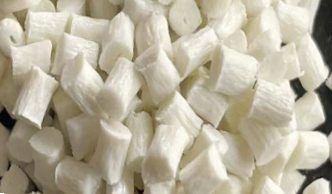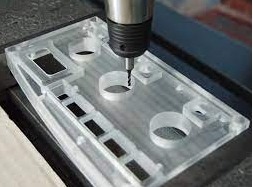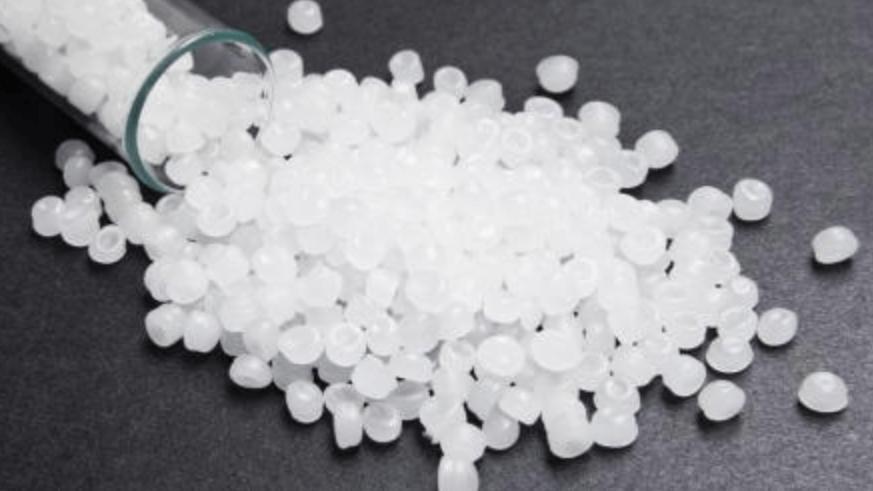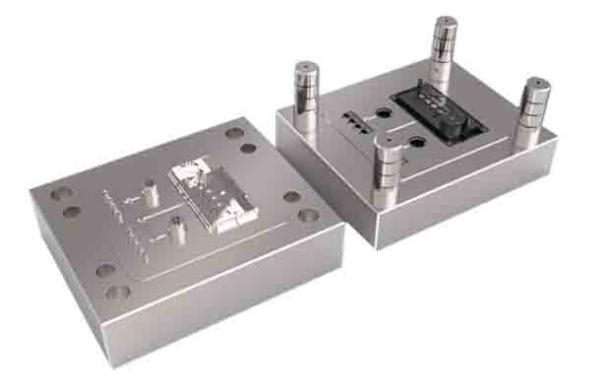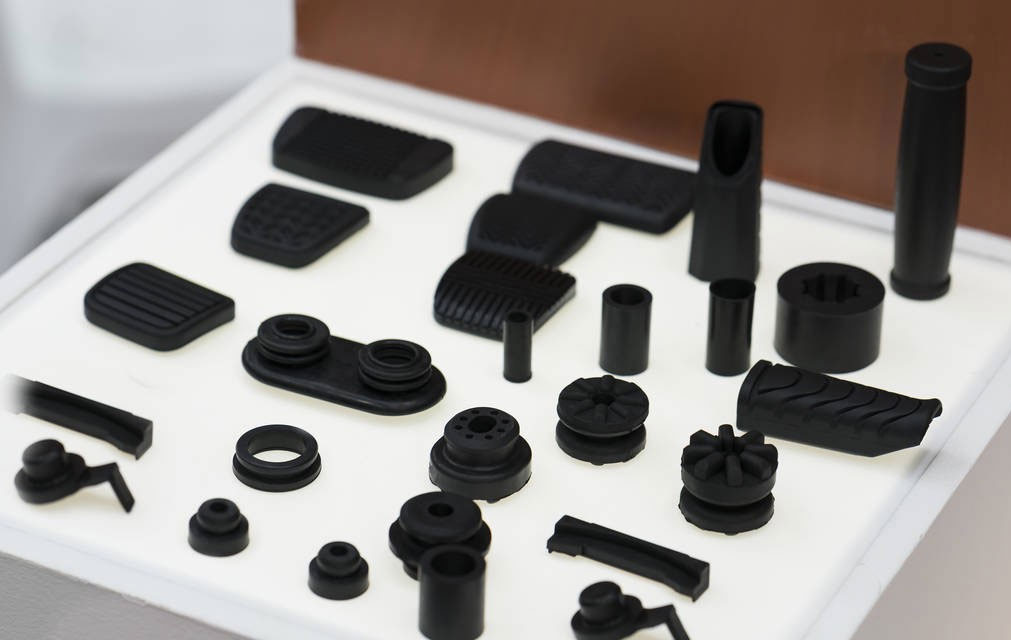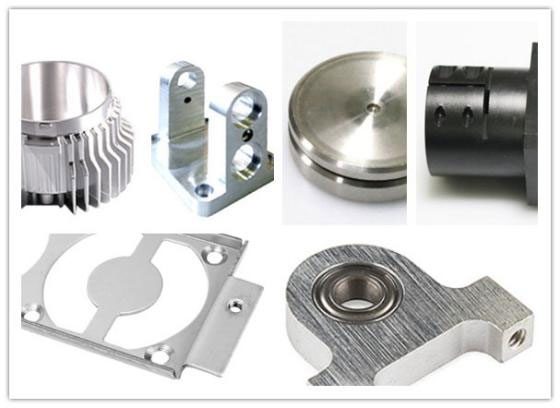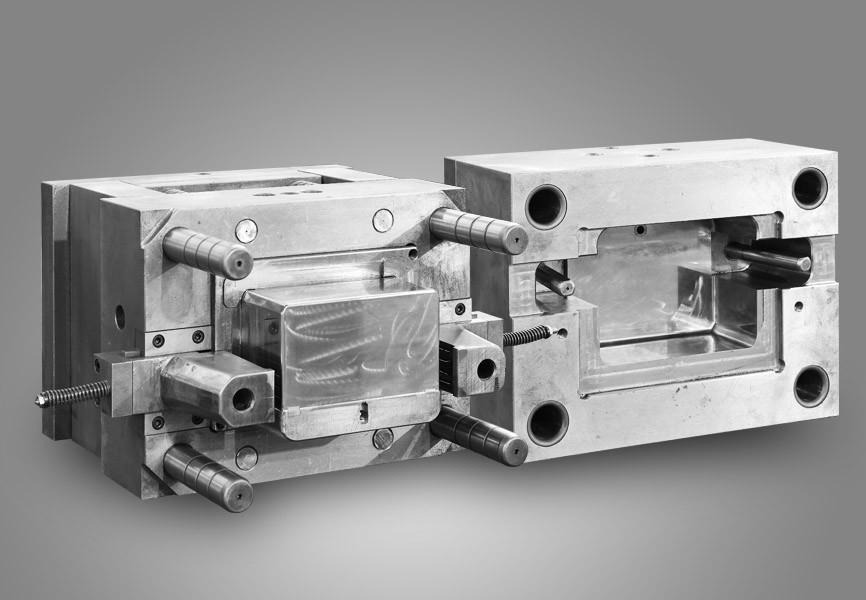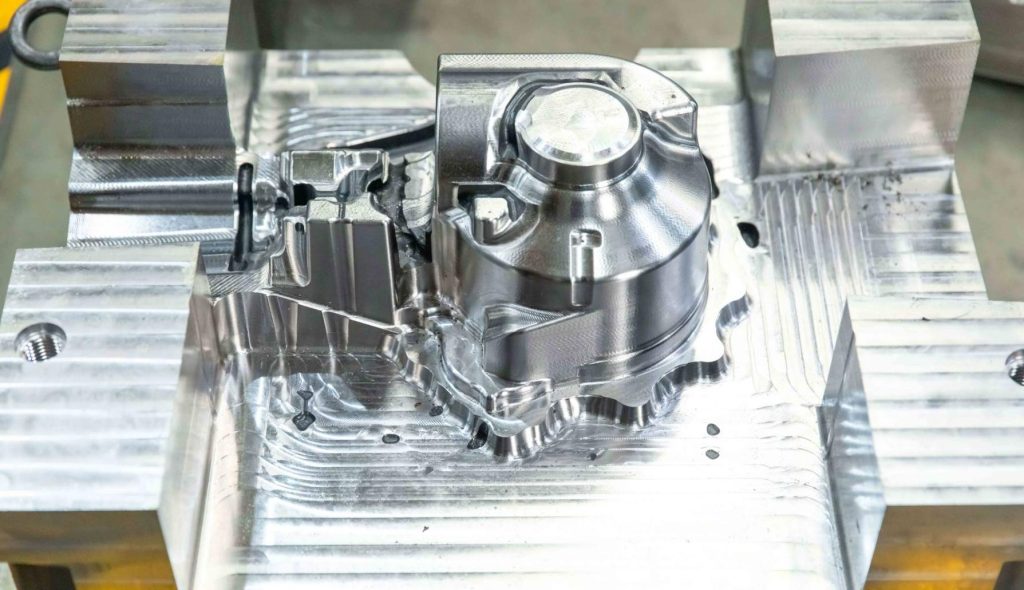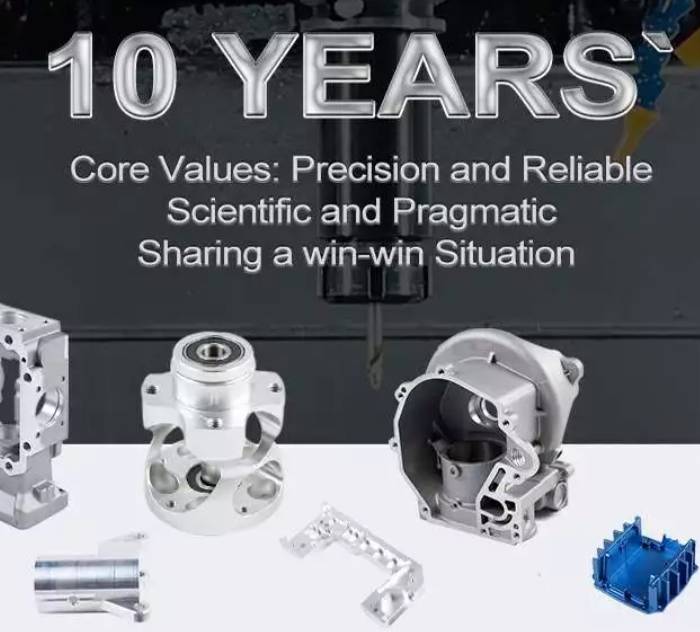ABS (Acrylonitrile Butadiene Styrene) plastic is a versatile material widely used in various applications due to its desirable properties. CNC machining, a computer-controlled subtractive manufacturing process, offers a precise and efficient method for producing ABS parts. However, machining ABS plastic requires specific considerations to achieve optimal results. This article explores the key aspects of CNC machining ABS, including its features, considerations for the process, common issues encountered, and troubleshooting techniques.
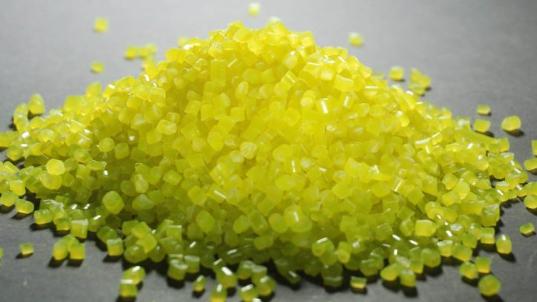
What are the ABS Plastics?
ABS plastic is a widely used thermoplastic polymer known for its robustness and versatility. Here are some key features of ABS plastic:
- Mechanical Strength: ABS plastic provides a good balance of strength and flexibility, making it suitable for parts that need to withstand impact.
- Thermal Stability: It can tolerate higher temperatures compared to many other plastics, which is advantageous during machining processes that generate heat.
- Chemical Resistance: ABS is resistant to various chemicals and environmental factors, enhancing the durability of products made from it.
- Surface Finish: It can achieve a high-quality surface finish, making it ideal for both aesthetic and functional parts.
These features make ABS a popular choice for applications across various industries, including:
| Application | Examples |
| Automotive Parts | Dashboard components, wheel covers, trim elements |
| Consumer Electronics | Smartphone housings, computer casings, TV shells |
| Prototyping | Rapid prototypes for product design, mock-ups |
| Household Goods | Kitchen appliances, toys, protective gear |
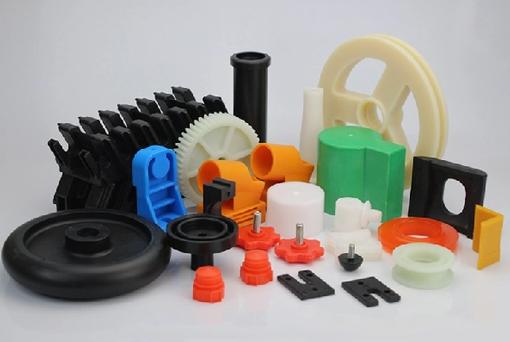
Considerations for CNC Machining ABS Plastic
To ensure successful CNC machining of ABS plastic, several factors need to be considered:
1. Material Selection:
Grades of ABS Plastic:
- General Purpose ABS: This is the most common type of ABS, used for standard applications. It offers a balance of toughness, impact resistance, and ease of machining.
- High-Heat ABS: Designed for applications where higher thermal resistance is required. This grade can withstand higher temperatures without deforming.
- High-Impact ABS: Formulated to provide extra durability and resistance to impact, making it ideal for parts that will experience significant mechanical stress.
Supplier Specifications:
- Consistency in Material Quality: It’s crucial to source ABS plastic from reputable suppliers to ensure consistency in quality. Variations in material properties can affect machining performance and final part quality.
- Certifications and Compliance: Ensure the material meets relevant industry standards and certifications, which can be critical for certain applications, especially in automotive and consumer electronics.
2. Tool Selection:
Types of Cutting Tools:
- Carbide Tools: These are preferred for machining ABS plastic due to their hardness and wear resistance. Carbide tools maintain sharp edges longer, leading to better surface finishes and dimensional accuracy.
- High-Speed Steel (HSS) Tools: HSS tools can also be used for machining ABS plastic but may wear out more quickly compared to carbide tools. They are typically used for less demanding applications or when cost is a primary concern.
Coatings and Treatments:
- TiN (Titanium Nitride) Coatings: These coatings reduce friction and heat generation during cutting, which helps in achieving a better surface finish and extending tool life.
- Diamond-Like Carbon (DLC) Coatings: DLC coatings offer superior hardness and reduced friction, making them ideal for high-precision machining of ABS plastic.
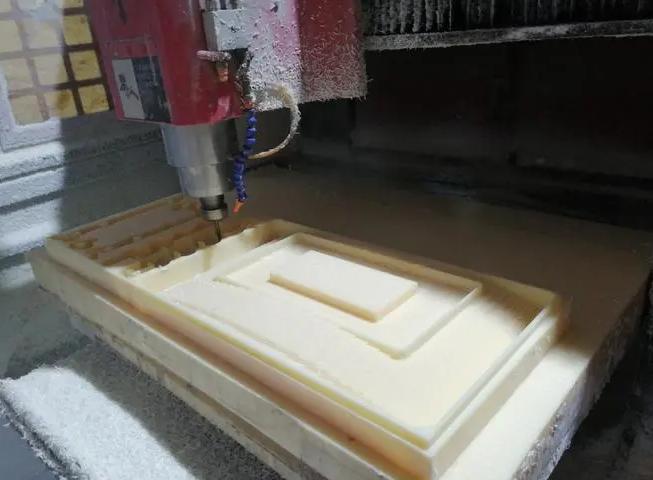
3. Machine Settings:
Spindle Speed:
- Moderate Speeds: ABS plastic can melt if the spindle speed is too high. A moderate spindle speed typically around 2000-5000 RPM is recommended, but the optimal speed can vary based on the tool and specific grade of ABS.
Feed Rate:
- Balanced Feed Rate: A feed rate that is too slow can cause heat buildup, while a too-fast feed rate can lead to rough finishes. A balanced feed rate that ensures efficient material removal without generating excessive heat is crucial. Typical feed rates for ABS plastic range from 50 to 200 inches per minute (IPM).
Depth of Cut:
- Optimal Depth: Excessive depth of cut can place too much force on the material, leading to warping or tool breakage. A depth of cut ranging from 0.010 to 0.050 inches is generally effective for ABS plastic, but adjustments may be necessary based on specific project requirements.
4. Cooling and Lubrication:
Coolant Types:
- Water-Soluble Coolants: These are effective in dissipating heat and preventing the plastic from melting during machining. They also help in flushing away chips from the cutting area.
- Air Blasts: Using compressed air to cool the cutting area and remove chips is another effective method, especially when water-based coolants are not suitable.
Methods of Application:
- Mist Cooling: A fine mist of coolant can be sprayed directly onto the cutting tool and workpiece, providing efficient cooling without excessive mess.
- Flood Cooling: This method involves flooding the work area with a significant amount of coolant, offering maximum cooling and chip removal. It’s useful for high-speed or high-volume operations.
5. Workholding Techniques:
Clamping Methods:
- Secure Clamping: Ensuring the workpiece is firmly clamped prevents movement and vibration, which can cause inaccuracies and poor surface finishes. Soft jaws or protective pads can be used to prevent damage to the ABS plastic surface.
- Vacuum Fixtures: For parts with complex geometries or thin walls, vacuum fixtures can provide an even and secure hold without applying direct pressure, reducing the risk of deformation.
Fixtures and Jigs:
- Custom Fixtures: Designing custom fixtures that match the contour of the workpiece can improve stability and repeatability, especially for irregularly shaped parts.
- Modular Jigs: These can be adjusted and reused for different projects, offering flexibility and reducing setup time for multiple parts or batches.
By considering these factors, machinists can optimize the CNC machining process for ABS plastic, achieving high-quality results with minimal defects.
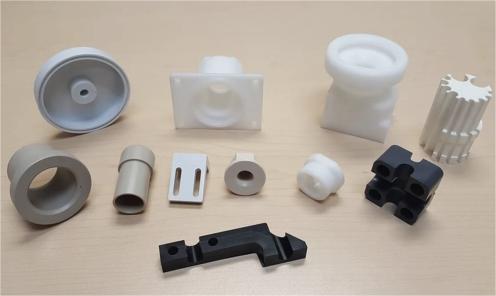
Troubleshooting Common Issues in CNC Machining ABS Plastic
CNC machining ABS plastic can present several challenges, including surface defects, dimensional inaccuracies, tool wear, and material warping. Effective troubleshooting strategies can address these issues and ensure high-quality machining results. Here’s a detailed guide on how to troubleshoot common problems encountered when machining ABS plastic:
1. Diagnosing Surface Defects
Rough Finishes:
Cause: Rough finishes can result from improper tool selection, incorrect feed rates, or inadequate cooling.
Solution:
- Tool Selection: Ensure you are using sharp, high-quality carbide tools. Dull tools can cause rough finishes.
- Feed Rate Adjustment: Adjust the feed rate to balance material removal and minimize heat buildup. Experiment with different rates to find the optimal setting.
- Cooling: Improve cooling methods. Using mist or flood cooling can help achieve a smoother finish by reducing heat and lubricating the cutting area.
Burrs and Melting:
Cause: Burrs and melting occur due to excessive heat, high spindle speeds, or dull tools.
Solution:
- Spindle Speed: Reduce the spindle speed to lower the temperature at the cutting edge.
- Tool Maintenance: Regularly inspect and replace tools to ensure they remain sharp.
- Cooling: Enhance cooling techniques to dissipate heat more effectively. Ensure the coolant reaches the cutting zone properly.
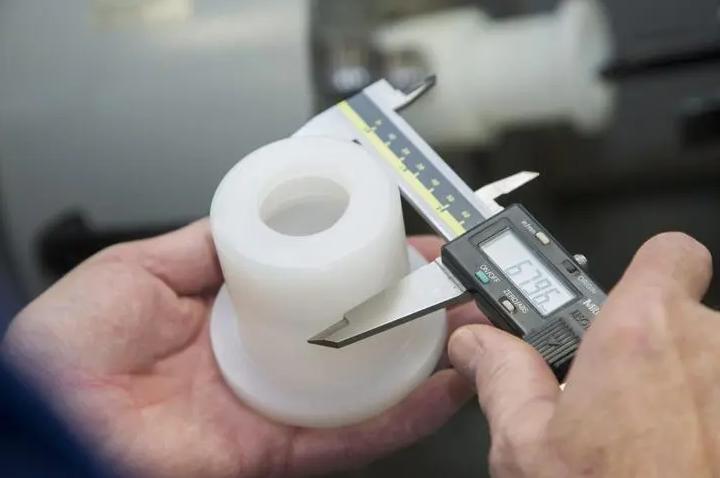
2. Improving Dimensional Accuracy
Inaccurate Tolerances:
Cause: Dimensional inaccuracies can be due to machine calibration issues, thermal expansion of the plastic, or improper tool paths.
Solution:
- Machine Calibration: Regularly calibrate the CNC machine to maintain precise movements and accurate cuts.
- Tool Path Optimization: Review and optimize tool paths to minimize unnecessary movements and ensure consistent cutting.
- Material Handling: Allow the ABS plastic to acclimate to the machining environment to minimize thermal expansion effects.
Heat and Tool Wear:
Cause: Excessive heat can cause the material to expand, and worn tools can lead to inaccurate cuts.
Solution:
- Cooling Techniques: Use appropriate cooling methods to manage heat generation during machining.
- Tool Inspection: Implement a regular inspection schedule to detect and replace worn tools promptly.
3. Extending Tool Life
Tool Wear Patterns:
Cause: Tool wear can result from inappropriate feed rates, material hardness, or insufficient cooling.
Solution:
- Feed Rate Adjustment: Adjust the feed rate to reduce stress on the cutting tool and enhance its lifespan.
- Material Compatibility: Ensure the cutting tool is suitable for ABS plastic and can handle its properties effectively.
- Enhanced Cooling: Utilize efficient cooling techniques to reduce tool wear caused by heat buildup.
Preventing Tool Breakage:
Cause: Tool breakage can occur due to excessive force, incorrect tool selection, or inadequate maintenance.
Solution:
- Proper Tool Selection: Use tools specifically designed for plastic machining. These tools often have geometries that reduce stress concentrations.
- Maintenance Schedule: Maintain a rigorous tool maintenance schedule to keep tools in optimal condition.
- Cutting Parameters: Fine-tune cutting parameters such as depth of cut, spindle speed, and feed rate to avoid overloading the tool.
4. Reducing Material Warping
Causes of Warping:
Cause: Warping can result from residual stresses in the material, uneven cooling, or excessive force during machining.
Solution:
- Balanced Machining: Distribute the machining process evenly across the workpiece to avoid introducing residual stresses.
- Controlled Cooling: Implement controlled cooling methods to ensure even temperature distribution throughout the material.
- Material Preparation: Consider pre-machining treatments such as annealing to relieve internal stresses within the ABS plastic.
Techniques to Minimize Warping:
Optimizing Cutting Strategies: Use cutting strategies that minimize heat buildup and stress concentration. For instance, make several shallow cuts instead of one deep cut.
Pre- and Post-Machining Treatments:
Annealing: Anneal the ABS plastic before machining to reduce internal stresses.
Controlled Cooling: After machining, allow the parts to cool gradually in a controlled environment to prevent sudden temperature changes that could lead to warping.
By systematically addressing these common issues through careful analysis and appropriate adjustments, machinists can significantly improve the quality and precision of CNC-machined ABS plastic parts. Regular monitoring and fine-tuning of the machining process are essential to achieving consistently high-quality results.
Conclusion
CNC machining of ABS plastic is a complex process that requires a thorough understanding of the material’s properties and meticulous attention to machining parameters. By carefully selecting the appropriate grade of ABS plastic, using the right cutting tools and machine settings, and employing effective cooling and workholding techniques, machinists can achieve high-quality and precise results.
Common issues such as surface defects, dimensional inaccuracies, tool wear, and material warping can significantly impact the quality of machined parts. However, with detailed troubleshooting strategies, these problems can be effectively managed. Regular maintenance, proper calibration, and optimization of machining processes are crucial in minimizing defects and enhancing the overall efficiency and precision of CNC machining operations.
In conclusion, mastering the CNC machining of ABS plastic involves a blend of technical knowledge, practical skills, and continuous improvement. By adhering to the considerations outlined in this article and implementing robust troubleshooting measures, machinists can overcome challenges and achieve exceptional results in their CNC machining projects. If you need CNC machining of ABS or other plastic service, please feel free to contact JTR Machinery.


